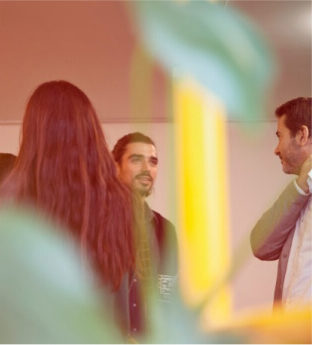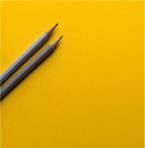How Mixed Media Is Revolutionizing Contemporary Art
The traditional boundaries between artistic disciplines are dissolving at an unprecedented rate. Today's most innovative artists move fluidly between painting, sculpture, digital media, and performance, creating works that defy conventional categorization. This convergence of mediums represents more than just technical experimentation – it's reshaping our understanding of what art can be.
As galleries adapt to showcase these hybrid works, new questions arise about presentation, preservation, and interpretation. The rise of mixed media art challenges not only artistic conventions but also the traditional infrastructure of the art world itself.
The Material Revolution
Contemporary artists are incorporating an astounding array of materials into their work, from traditional art supplies to industrial materials, biological specimens, and emerging technologies. This expansion of artistic media reflects both technological advancement and changing attitudes about what constitutes valid artistic material.
The most compelling mixed media works often combine unexpected elements: microscopic photography with traditional painting, recycled industrial waste with delicate handcraft, or digital projections with organic matter. These juxtapositions create new dialogues about materiality in the digital age.
Digital-Physical Fusion
The integration of digital elements into physical artwork has moved far beyond simple projection or screen-based displays. Artists are creating works where the digital and physical components are inseparable, each enhancing and completing the other. Interactive sensors, responsive environments, and augmented reality elements are becoming as fundamental as paint or clay.
This fusion challenges traditional notions of authenticity and permanence in art. When digital elements are integral to a work's meaning, questions arise about preservation, reproduction, and the nature of originality itself.
Time-Based Elements
Mixed media artists increasingly incorporate temporal elements into their work, creating pieces that change over time or respond to environmental conditions. These might include works that deteriorate intentionally, grow organic elements, or transform through programmed sequences.
The introduction of time as a material forces galleries and collectors to reconsider traditional approaches to preservation and display. Some works are designed to exist only temporarily, while others require ongoing maintenance and evolution.
Sound and Space
The integration of sound into visual art has moved beyond simple accompaniment to become a crucial element of mixed media works. Artists are creating sophisticated sound environments that interact with physical elements, transforming galleries into immersive experiential spaces.
Advanced acoustic design and directional sound technology allow artists to create precise audio environments that complement and enhance visual elements without bleeding into adjacent spaces.
Interactive Engagement
Contemporary mixed media works often invite or require viewer participation to be complete. This might range from simple motion-triggered elements to complex interactions that allow viewers to influence or alter the work. This shift from passive viewing to active engagement represents a fundamental change in how we experience art.
The most successful interactive works maintain their artistic integrity while creating meaningful opportunities for audience participation. This balance requires careful consideration of both technical and conceptual elements.
Environmental Awareness
Many contemporary artists are using mixed media to address environmental concerns, incorporating sustainable materials and processes into their work. This might include works made from recycled materials, pieces that highlight environmental degradation, or installations that actively benefit local ecosystems.
The emphasis on sustainability extends to the production and exhibition of artwork, with galleries and artists seeking ways to minimize environmental impact without compromising artistic vision.
Documentation and Preservation
The complexity of mixed media works presents unique challenges for documentation and preservation. Galleries and conservators are developing new approaches to recording and maintaining works that exist in multiple dimensions and may change over time.
Advanced documentation techniques, including 3D scanning, environmental recording, and detailed material analysis, help preserve not just the physical components but the full experience of these complex works.
The evolution of mixed media art continues to push the boundaries of what's possible in contemporary art. As artists explore new combinations of materials and technologies, they create works that challenge our expectations and expand our understanding of artistic expression.



